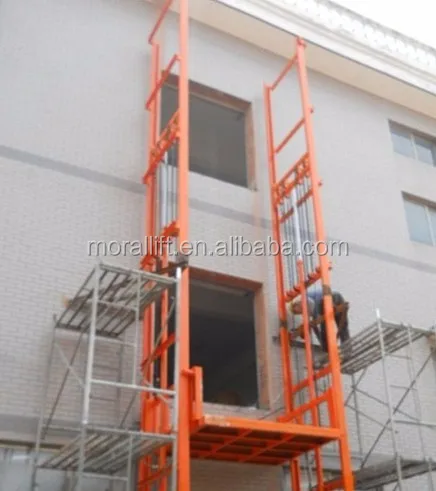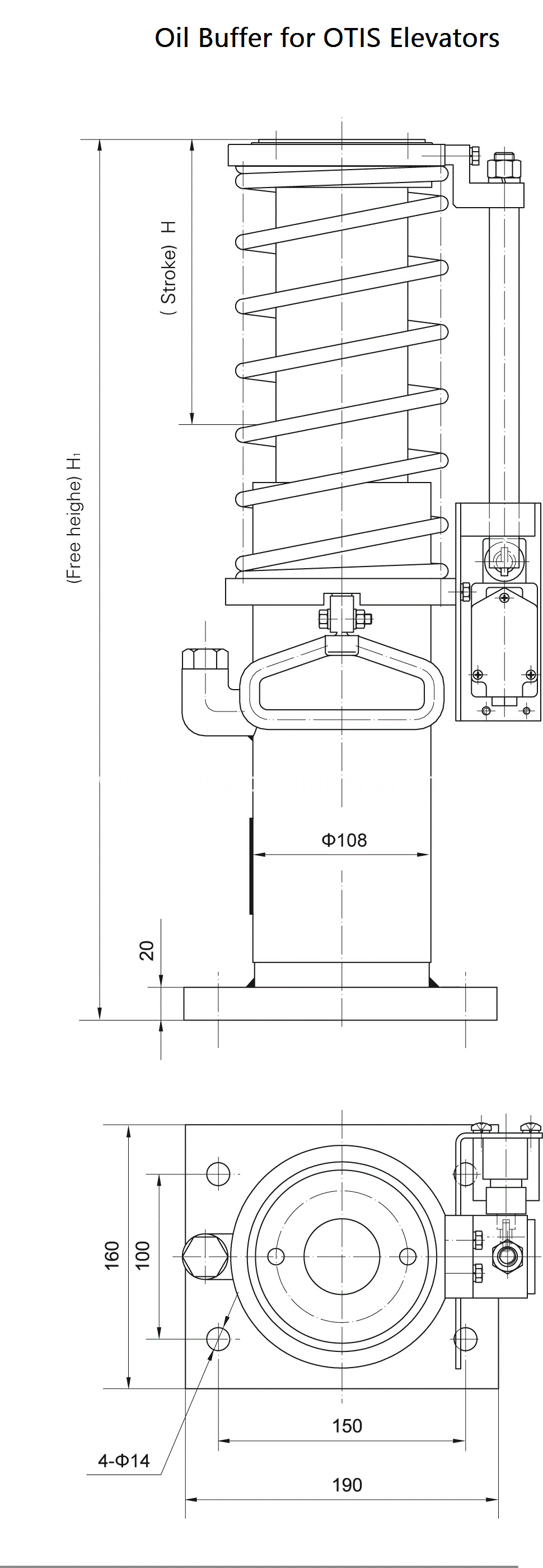American headquarters. Otis USA & Canada. Otis Elevator Company 11760 US Hwy 1 Suite W600 Palm Beach Gardens, FL 33408 USA. Top-class elevator company in Puerto Rico & USA. Manufacturers of MRL, holeless hydraulic, and overhead traction elevators. Call us now - (877) 220-6405.
Authorities having jurisdiction are those government officials who are the final authority on questions in a particular area (or jurisdiction). The Elevator Division is responsible for issuing elevator permits, the examination and licensing of elevator journeypersons and contractors, inspections of elevators, escalators, and dumbwaiters, complaint investigations and reporting of elevator accidents. The division also provides staff support to the Elevator Safety Board, handles elevator code questions.
Elevator Safety Division - On cable-suspended elevators with safeties, a no-load safety test must be done every twelve (12) months, as well as a rated-load safety test every five (5) years. Hydraulic elevators must have a rated-load relief valve test done every three (3) years. All elevators that have emergency or standby power must check their operation under fire and other emergency conditions every twelve (12) months. A power elevator (such as a passenger elevator) must be serviced and examined by a licensed elevator journeyperson at least once every ninety (90) days. Dumbwaiters, one-person elevators (electric and hand-powered), platform lifts and stairway chairlifts in buildings other than private residences need to be serviced and examined by a licensed elevator journeyperson at least once every one-hundred eighty (180) days. Also, an accessible written record of all service and examination must be maintained and kept in the machine room (if there is one), or somewhere on-site. State Elevator Inspectors do not perform testing or maintenance on any elevating devices. (excerpt from state website)
Home Residential Elevators
Installing a residential elevator involves more than purchasing a kit and installing it yourself.

Otis Hydraulic Elevator Specifications

Installing a residential elevator involves more than purchasing a kit and installing it yourself. First, if you plan to install an elevator in your home, configure a plan about where to put the elevator - where would it be best suited to access all floors of your house? Where is enough space for the elevator car and shaft? - and consult a contractor or architect about potential spots in your home.
The elevator shaft can take up enough space as a walk-in closet, and, for some elevator systems, an additional machine room is also needed. An elevator cab can take up from 12 to 15 square feet and the shaft needs to be six inches wider. The total cost for the elevator can run from $17,000 to $35,000, with an additional $10,000 to $20,000 for construction costs. A building permit can be another $200 to $1000 and yearly inspection may have to be paid in some states.
Elevator operations consist of four different types, with the preferred for low-rise residential and commercial buildings being hydraulic.
Manufacturers often have multiple home elevator systems, but the most safe and reliable system is hydraulic. Hydraulic elevator systems need a machine room in the basement of the house, which can add additional installation costs but is better for safety of residents in case of emergency. A hydraulic elevator is installed like it is part of the building's foundation, and, as a result, this type of home elevator system has a better track record in earthquake and fire emergencies. This is due to the fact that the machine room in the basement is easier to access by rescue workers during emergency and has a manual, or hand powered, slow-speed lowering system. This last feature of hydraulic elevators is also convenient in case of a power outage, but a member of the household should be able to manually lower the elevator to the ground.
An electric or traction elevator is another type of home elevator system. This type of elevator system uses a counterweight and the elevator cab is suspended. Although, because this system doesn't use oil like a hydraulic elevator, a traction elevator is more green, it does not have as high of a safety rating as hydraulic elevators because the elevator car is more vulnerable in a shaking building. The benefit of a traction elevator system is that the manufacturer will not need to help with installing a machine room, as the machine drive is in or directly adjacent to the hoist way, usually at the top of a building.
A pneumatic lift elevator has been gaining popularity as a residential elevator for single family homes. The elevator system operates as a pneumatic vacuum, which moves the cab up and down by the force of suction. The elevator will only fit one or two people, but it can be installed quickly, as the elevator doesn't need a shaft or control room. The cost of installation is also cheaper because a machine room isn't required. Instead of paying between $35,000 and $50,000 for the entire project, the total is between $20,000 and $28,000.
Hydraulic Otis Elevator Phone Line Manual Online
Another type of home elevator system is an overhead winding drum. This requires no machine room and does not rely on a counterweight.
Click Here to Get a Quote!
Hydraulic Otis Elevator Phone Line Manual Pdf

Regardless of which kind of residential elevator you choose to install, safety is always important. For all home elevators, typical safety features include a backup battery system to allow the elevator to operate during a power outage; safety interlocks on interior doors; a phone box with a phone connected to a direct phone line; an emergency stop button lighting, and alarm; and equipment that complies with codes for the American Society for Mechanical Engineers. Also, if children are in the home, a key lockout feature is a safety feature to prevent children from using the elevator and potentially getting stuck or hurt or damaging the elevator if an adult is not supervising.
To make sure that the elevator is working efficiently, an inspection should be done of the elevator cab and system every six months to a year by a professional elevator contractor.
There is simply no other company that can offer you all of this.
Elevator Emergency Phone

Otis Elevator Details
If you are looking for a customized quote or just want to ask a question, get in touch with Nationwide Lifts today to start talking to a Home Elevator expert.